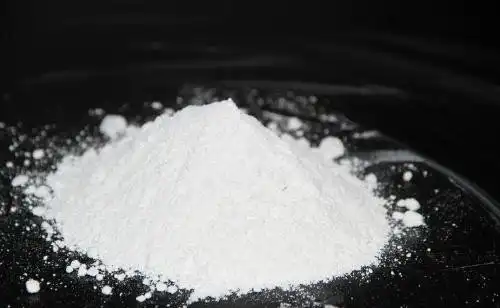Hebei Messi Biology Co., Ltd. stated that thermal conductive materials refer to a class of materials with high thermal conductivity, generally greater than 1W/(m.K). Thermal conductive materials can be used in central air-conditioning systems, solar water heaters, building heating pipes, heat transfer materials for chemical corrosive media, soil heaters, commercial instruments, automation equipment, gears, bearings, gaskets, mobile phones, electronic devices, generator covers and lampshades. With the rapid development of integration technology and assembly technology in the electrical field, the volume of electronic components and logic circuits has been reduced by thousands and tens of thousands of times, and there is an urgent need for insulating packaging materials with high heat dissipation. The addition of high-purity nano magnesium oxide meets this demand.
The amount of thermal conductive material added is not the larger the better, and there is a critical value for the amount added. Below the critical value, the thermal conductive material cannot form a thermal conductive network, and the thermal conductivity increases very slowly; when the critical value is reached, the thermal conductive material network is formed, and the thermal conductivity increases suddenly; after exceeding the critical value, the thermal conductivity increases slowly; therefore, the optimal addition amount is the maximum critical value.

Formulas of different thermal conductive materials:
(1) Adding high thermal conductivity additives to high crystallinity matrix resin is the most effective way to improve the thermal conductivity of plastics. The addition of high thermal conductivity fillers to polymers is very large, which will affect the mechanical properties of composite materials.
Solutions:
1. Make the thermal conductive fillers finer or even nano-sized, which will not only reduce the impact on mechanical properties, but also improve thermal conductivity; for example, the high-purity nano magnesium oxide developed by Hebei Messi Biology Co., Ltd. has high purity, good whiteness, small and uniform particle size, and its thermal conductivity is increased from the ordinary 33W/(m.K) to more than 36W/(m.K).
2. Add fibrous fillers.
(2) Adding 80% high-purity nano magnesium oxide to PPS can achieve a thermal conductivity of 3.4W/m.K; adding 70% aluminum oxide can achieve a thermal conductivity of 2.392W/m.K.
(3) Adding 10% high-purity nano-magnesium oxide to the EVA solar sealing film improves its thermal conductivity, insulation, cross-linking degree and thermal stability to varying degrees.
